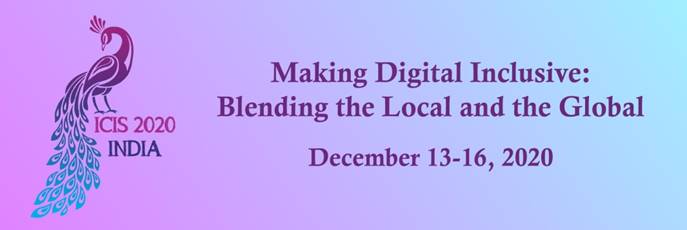User Behaviors, User Engagement, and Consequences
Loading...
Paper Type
Completed
Paper Number
2299
Description
Users in online dating platforms often over-pursue popular prospective partners, which leads to low matching rates, particularly for users who are not popular on the platform. Our study examines how the disclosure of user demand information increases the matching rate by flattening the highly-skewed long-tail demand distribution. The theoretical tension is that on one hand, demand information is considered to be a signal for quality, which leads to observational learning and exacerbates the demand distribution imbalance; on the other hand, demand information may signal available capacity, which helps balance the distribution. We report a large-scale randomized field experiment on a mobile dating platform. Our results show that, compared to plainly disclosing demand information, the design of demand information in tandem with a capacity cue substantially increases the users’ matching requests for low-demand partners, decreases the users’ pursuit of high-demand partners, and results in a higher number of successful matches.
Recommended Citation
Huang, Nina; He, Yumei; Xu, Xingchen; and Hong, Yili, "Designing Demand Information Disclosure in the Presence of Capacity Constraints: A Large-Scale Randomized Field Experiment on a Matching Platform" (2020). ICIS 2020 Proceedings. 17.
https://aisel.aisnet.org/icis2020/user_behaviors/user_behaviors/17
Designing Demand Information Disclosure in the Presence of Capacity Constraints: A Large-Scale Randomized Field Experiment on a Matching Platform
Users in online dating platforms often over-pursue popular prospective partners, which leads to low matching rates, particularly for users who are not popular on the platform. Our study examines how the disclosure of user demand information increases the matching rate by flattening the highly-skewed long-tail demand distribution. The theoretical tension is that on one hand, demand information is considered to be a signal for quality, which leads to observational learning and exacerbates the demand distribution imbalance; on the other hand, demand information may signal available capacity, which helps balance the distribution. We report a large-scale randomized field experiment on a mobile dating platform. Our results show that, compared to plainly disclosing demand information, the design of demand information in tandem with a capacity cue substantially increases the users’ matching requests for low-demand partners, decreases the users’ pursuit of high-demand partners, and results in a higher number of successful matches.
When commenting on articles, please be friendly, welcoming, respectful and abide by the AIS eLibrary Discussion Thread Code of Conduct posted here.


